You may have come across this Shu-Ha-Ri at some agile conferences or user groups, but what exactly is it? Why does the agile community use these strange words? Let's take a closer look in this article.
What is Shu Ha Ri actually?
Shu Ha Ri is a concept from the Asian martial arts and is used in karate, among other things. It describes the different stages of learning and, in a sporting context, means learning - practicing - applying. The concept is said to go back to the Japanese Kawakami Fuhaku (1719-1807).
And what does this have to do with agility?
These learning stages, or rather development stages, also apply to Agility to. First of all, it is important to practice the agile methods and frameworks (to be understood here as our martial arts techniques) as they are described, e.g. Scrum exactly according to the Scrum Guide. This is the Shu stage, here the apprentice does not yet understand why certain things are exactly like this and not otherwise. Only through experience, by following the rules, can we reach the next level Ha. Even if we would like to change the rules, we follow them first in order to understand them better.
At the Ha level, we want to understand the background to the techniques. We look at our attitude, principles and values. So this is more about how we use the Scrum values or which estimation methods are best suited to our context. We often believe that we have reached this level too early or that we can leave it behind us too quickly.
At the Ri level, we can draw on a wealth of experience. We know the techniques and have internalized principles and values. Once here, we can find our own creative solutions and understand where and why we deviate from things. Here we can help others and add our own formats and techniques that are in line with the other techniques as well as the values and principles. This is what Spotify did, for example, after the teams had experience with Scrum and were able to use it together, the company decided to adapt some things.
The boundaries between Shu, Ha and Ri are fluid.
Conclusion
Shu-Ha-Ri is used as an indicator for understanding agility. It tells us which learning stage a team is currently at, for example, or gives us an indication of whether a presentation is more concerned with basic topics, advanced topics or new approaches. In Scrum, these development stages are e.g. at Shu level, a team first learns to deliver regularly, whereas at Ha level the team delivers often (i.e. several times in a sprint) and at Ri level the team delivers continuously.
The learning levels can be applied to different things. Another example could be the certification levels in Scrum: CSM = Shu, A-CSM and CSP-SM = Ha and CST = Ri

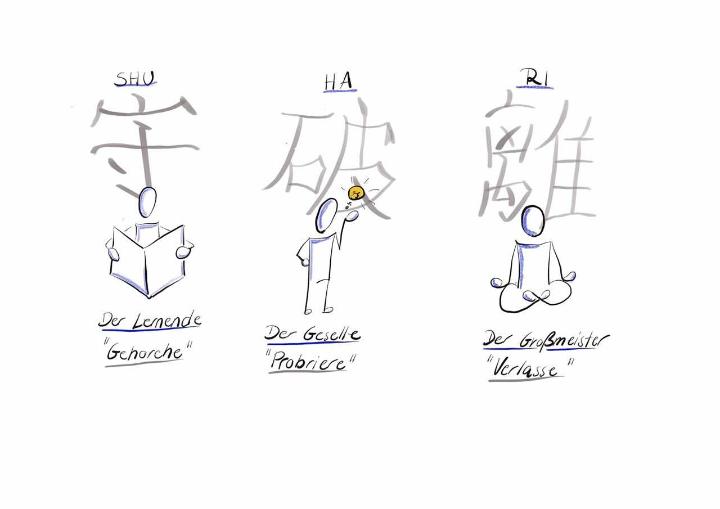
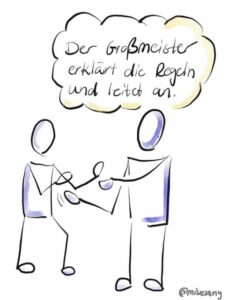
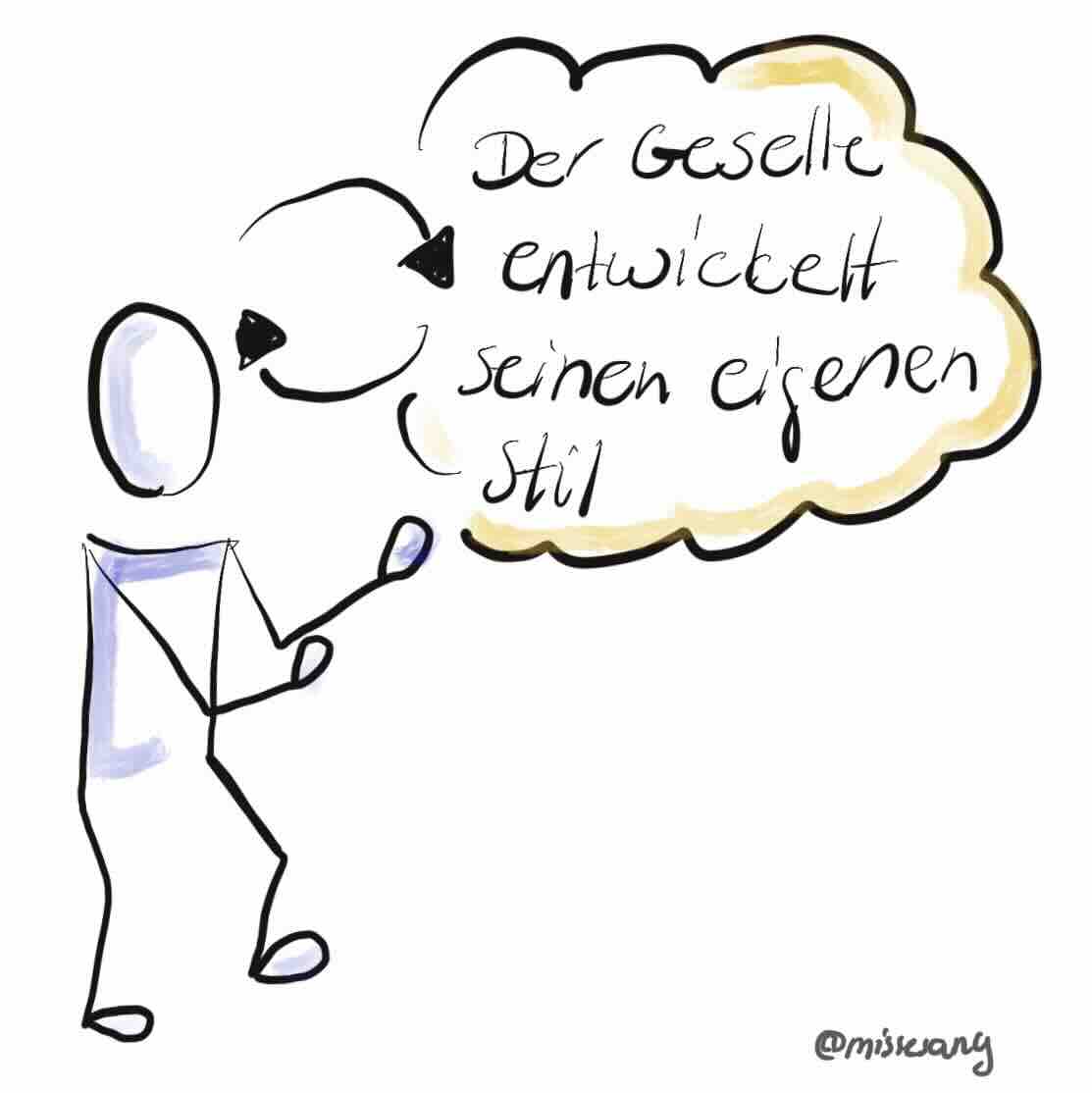
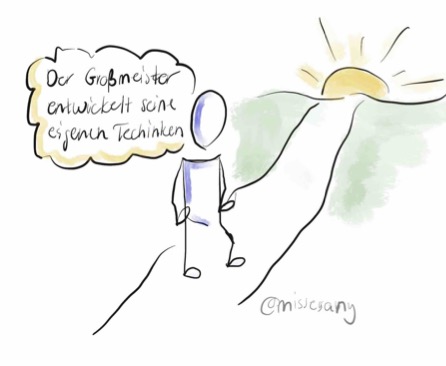
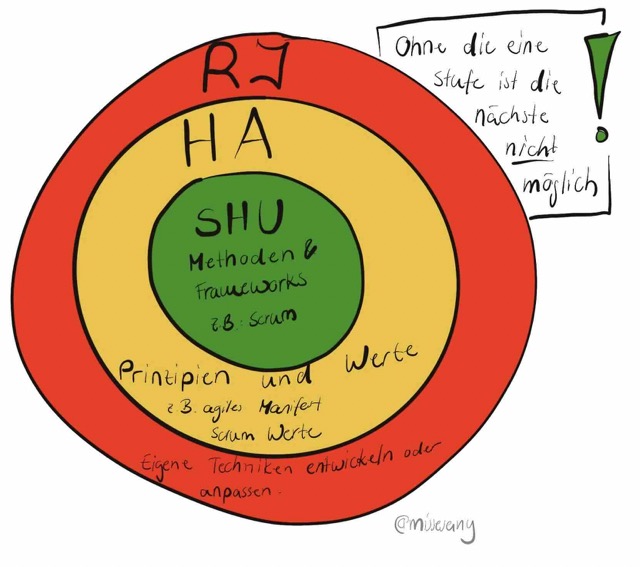
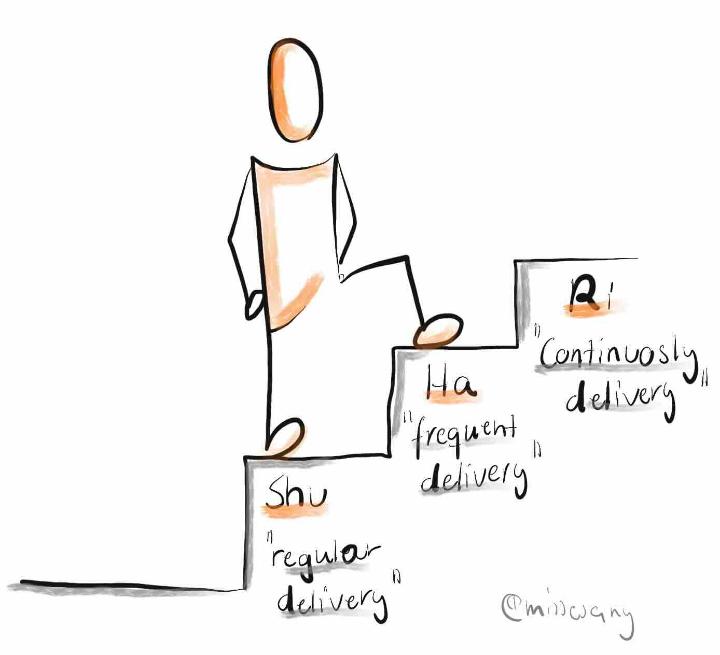
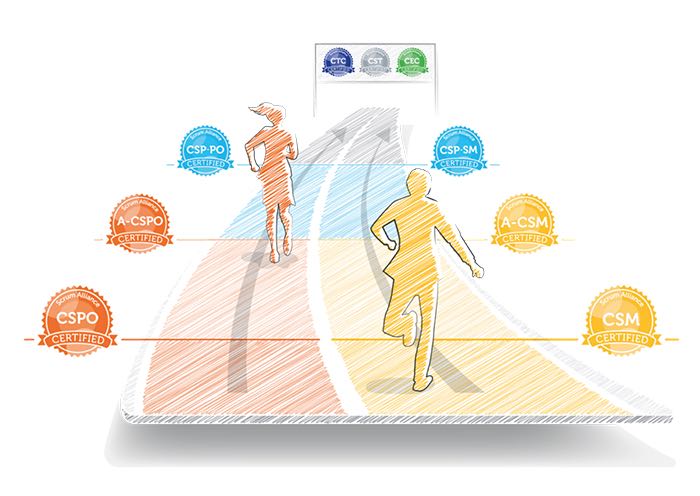
Comments
Write a comment